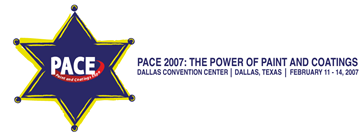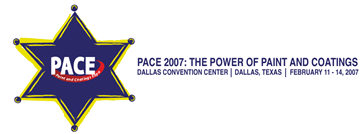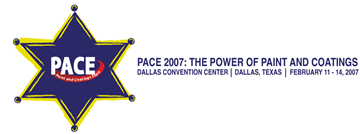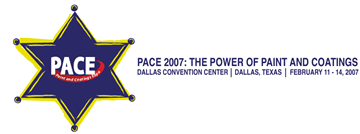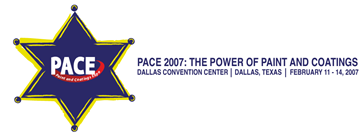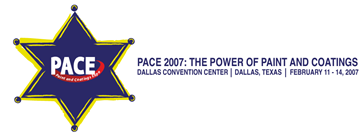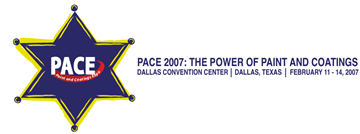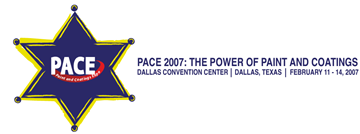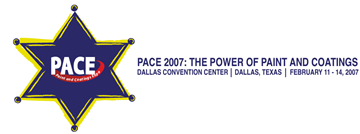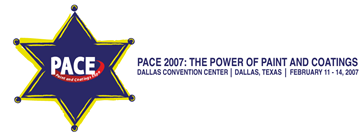Search
Products tagged with '2007 Conference Papers'
View as
Sort by
Display
per page
Strategically Build Your Business using Market Research Analysis
Product Number:
41207-350-SG
Publication Date:
2007
$20.00
Surface Preparation: Advances in Chemical Coating Removal
Product Number:
41207-341-SG
Publication Date:
2007
$20.00
Technology Assessment of Architectural Coatings Relative to Regulatory Concerns in the South Coast Air Basin-Draft
Product Number:
41207-320-SG
Publication Date:
2007
$20.00
Testing Moisture Content in Concrete Subfloors Prior to Installing Floor Coatings
Product Number:
41207-369-SG
Publication Date:
2007
$20.00
The Art & Science of Water-Based Intumescent Fireproofing
Product Number:
41207-363-SG
Publication Date:
2007
$20.00
The Coming of Air Barriers in the National Model Building Codes
Product Number:
41207-391-SG
Publication Date:
2007
$20.00
The Effect of Restrictive VOC Regulations on High Performance Coatings
Product Number:
41207-359-SG
Publication Date:
2007
$20.00
The Importance of Sample Taking in Failure Analysis
Product Number:
41207-392-SG
Publication Date:
2007
$20.00
The Myths about Mold: What Every Painting Contractor, and Customer, Should Know About Combating This Problem
Product Number:
41207-373-SG
Publication Date:
2007
$20.00
The Use of Optically Activated Pigmented Epoxy Systems in Water Storage Tanks
Product Number:
41207-345-SG
Publication Date:
2007
$20.00
The West Virginia State Capitol Dome: Lessons Learned from a Failing Finish
Product Number:
41207-361-SG
Publication Date:
2007
$20.00

